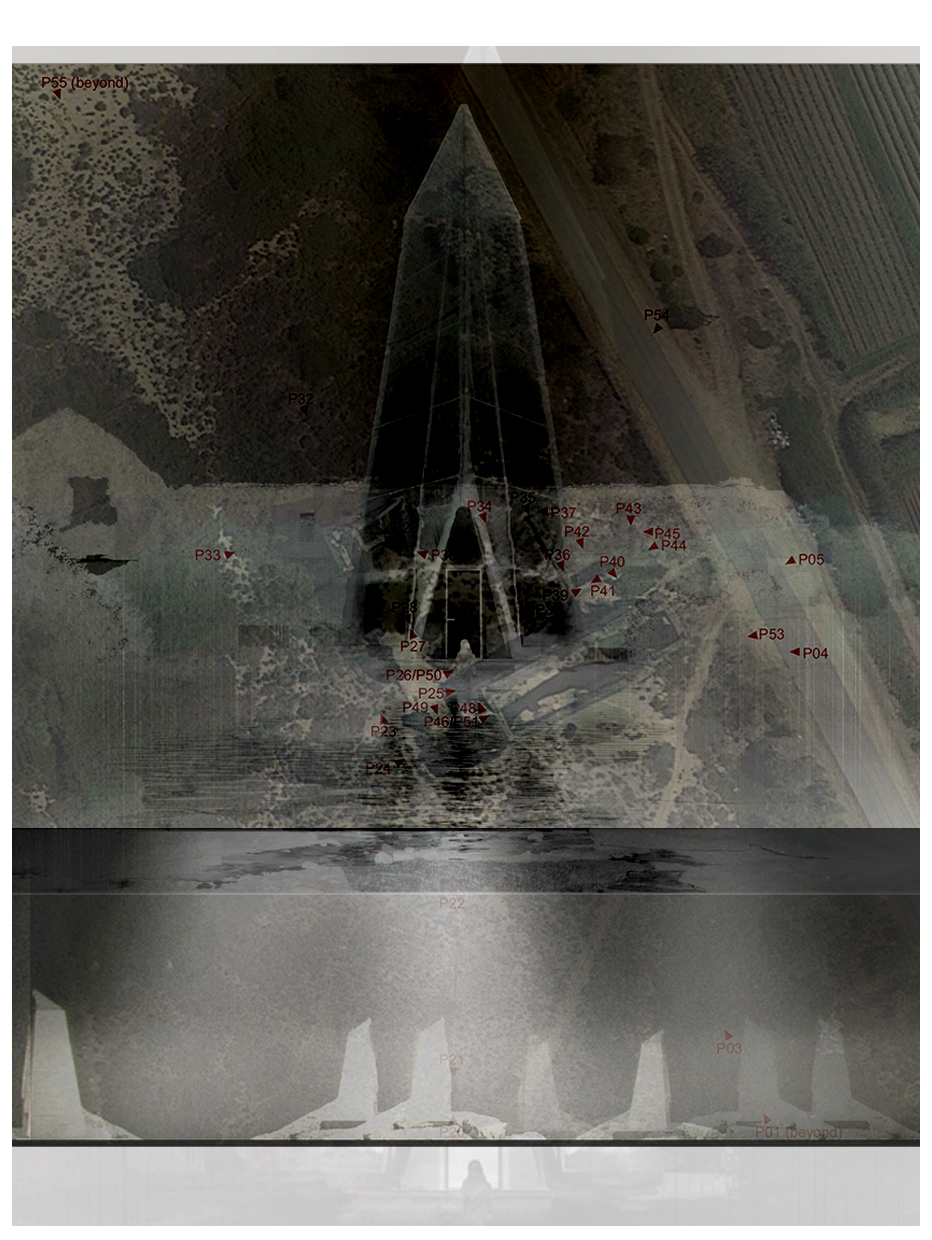Ruins Transformation-A Sail House for the Soul

Category
Daylight in buildings - Region 4: Asia and Oceania
Students
万童言(Wan Tongyan)
汤可(Tang Ke)
Teacher
赖俊威(Lai Junwei)
School
Hubei Institute of Fine Arts
Country
China
Download
Download ↓
The use of natural light in architectural design has its unique development significance. Combined with the use process of natural light, it can show the beauty of the building. Especially for today’s urban architecture development process, the adoption of natural light will reduce the radiation of some artificial light to people and improve the quality of human life. The application of natural light can make renewable resources play their practical value, which is also a basic way to do a good job in green environmental protection development. As an important energy material, natural light can ensure people’s normal use in the process of development. Combined with the natural light design process, people can not only improve the quality of life, but also contribute to environmental protection and the rational construction of resources, and devote themselves to the construction of an efficient and environmentally friendly society.
When Buddhism was spread to the grassland in northern Tibet, herdsmen enshrined the Buddha body in tents for generations, and gradually formed tent temples on the grassland over time. Bergongba is a typical example of tent temples in the grassland of northern Tibet. It is located in dandui Township, 50 kilometers east of naquando county. “Boer” is the name of a local tribe, which moved from Yushu, Qinghai Province to Anduo region hundreds of years ago. The tent temple built by them was named “bergumba”. The tent temple is characterized by flowing scriptures to spread Dharma. Therefore, it is also called “bergachin”. We learned from this usage, so we designed this religious commemorative art device that allows natural light to freely intervene.The Monastery of Penafermay in Portugal is a place of significant cultural heri-tàgeạnd historical significance. A refuge for solitude, remembrancaand spiri-tual enlightenment, it is an’intimate space for reflection and meditation.
along with existingruins and changing dunes, offer a unique experiencein this extraórdinary landscape. There are a large number of religious spires inthe area. The shape is based on the combination of spires and sails

































